(1) to youse rockets (2 3 4) to drop fule tanks and rocket pods also cool airbrake. (History) The single-seat Hunter was introduced to service in 1954 as a manoeuvrable day interceptor aircraft, quickly succeeding first-generation jet fighters in RAF service such as the Gloster Meteor and the de Havilland Venom. The all-weather/night fighter role was filled by the Gloster Javelin. Successively improved variants of the type were produced, adopting increasingly more capable engine models and expanding its fuel capacity amongst other modifications being implemented. Hunters were also used by two RAF display teams: the "Black Arrows", who on one occasion looped a record-breaking 22 Hunters in formation, and later the "Blue Diamonds", who flew 16 aircraft. The Hunter was also widely exported, serving with a total of 21 overseas air forces.During the 1960s, following the introduction of the supersonic English Electric Lightning in the interceptor role, the Hunter transitioned to being operated as a fighter-bomber and for aerial reconnaissance missions, using dedicated variants for these purposes. Two-seat variants remained in use for training and secondary roles with the RAF and the Royal Navy until the early 1990s. Sixty years after its original introduction it was still in active service, being operated by the Lebanese Air Force until 2014.The Hunter saw combat service in a range of conflicts with several operators, including the Suez Crisis, the Aden Emergency, the Sino-Indian War, the Indo-Pakistani War of 1965, the Indo-Pakistani War of 1971, the Rhodesian Bush War, the Second Congo War, the Six-Day War, the War of Attrition and the Yom Kippur War. Overall, 1,972 Hunters were manufactured by Hawker Aircraft and its successor, Hawker Siddeley, as well as being produced under licence overseas. In British service, the Hunter was replaced in its principal roles by the Lightning, the Hawker Siddeley Harrier and the McDonnell Douglas F-4 Phantom II.
Specifications
Spotlights
- DeutschlandOstGreat 9 months ago
- ReynaldoHeavyIndustries 9 months ago
- HudDistance 9 months ago
General Characteristics
- Created On iOS
- Wingspan 30.6ft (9.3m)
- Length 29.2ft (8.9m)
- Height 11.6ft (3.5m)
- Empty Weight 9,957lbs (4,516kg)
- Loaded Weight 15,364lbs (6,969kg)
Performance
- Power/Weight Ratio 2.194
- Wing Loading 70.4lbs/ft2 (343.6kg/m2)
- Wing Area 218.3ft2 (20.3m2)
- Drag Points 3101
Parts
- Number of Parts 112
- Control Surfaces 6
- Performance Cost 540

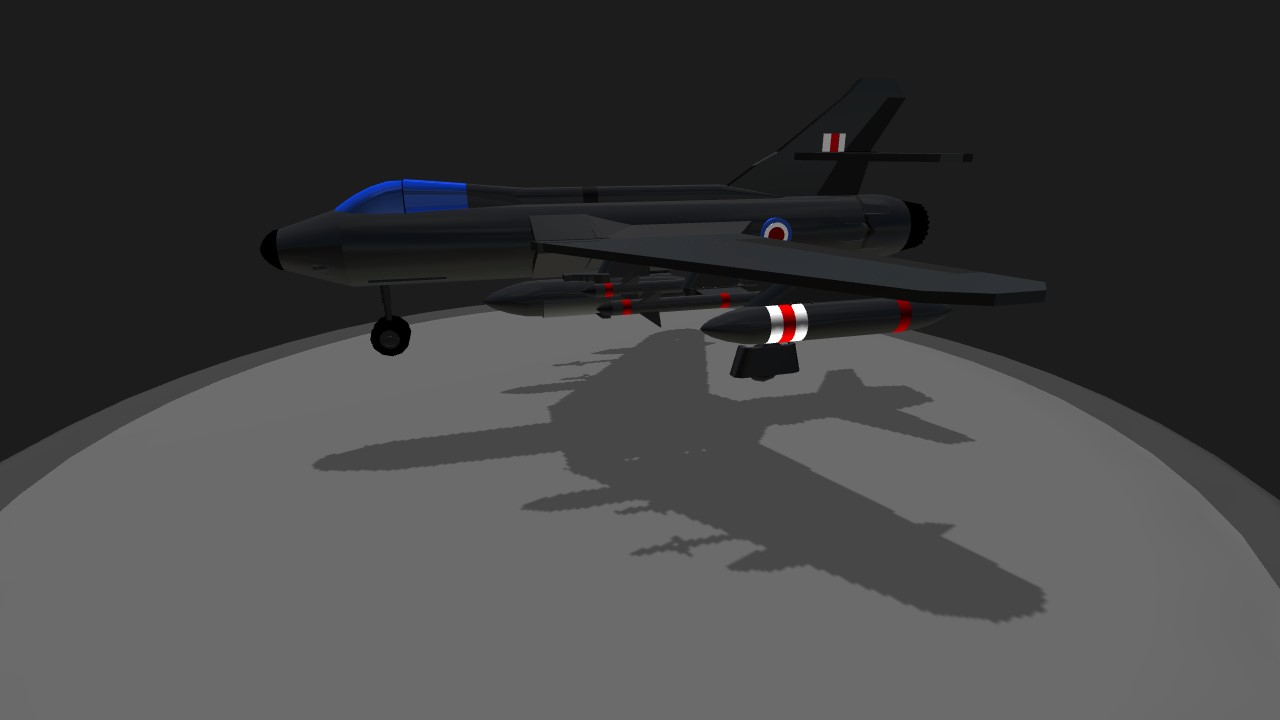
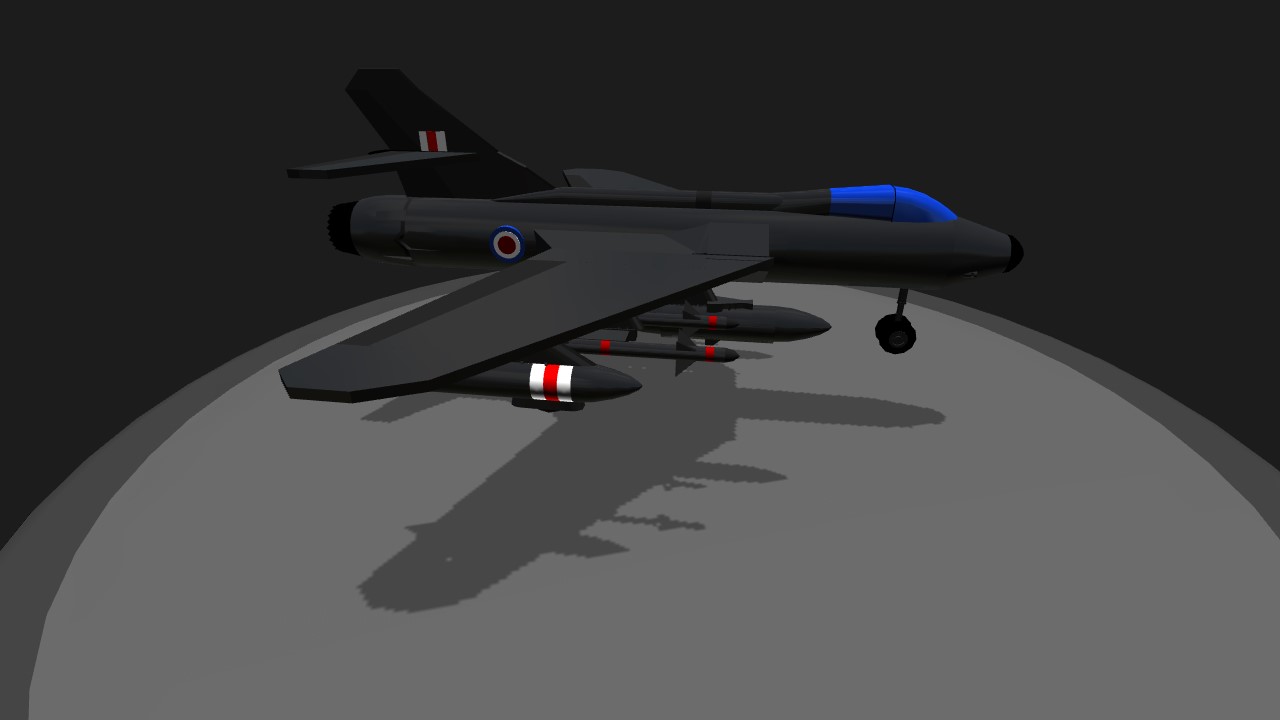

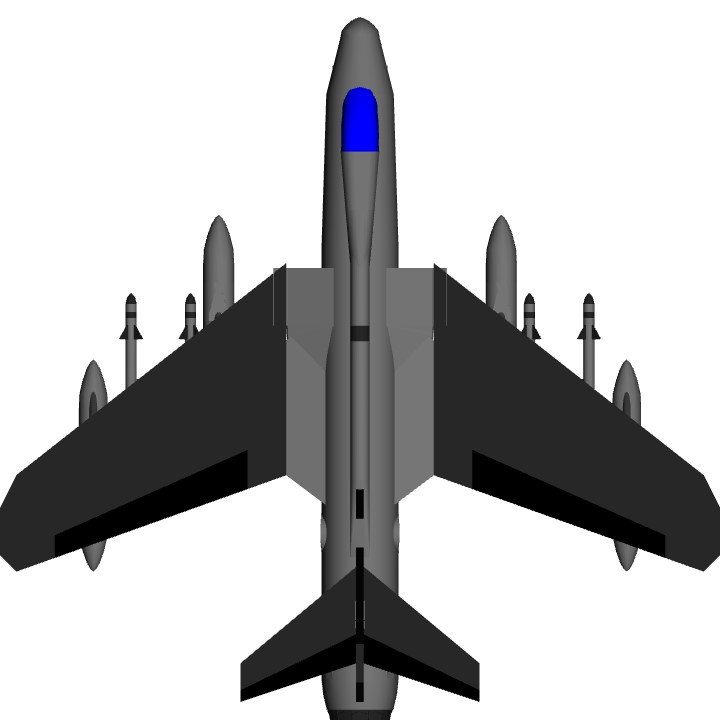
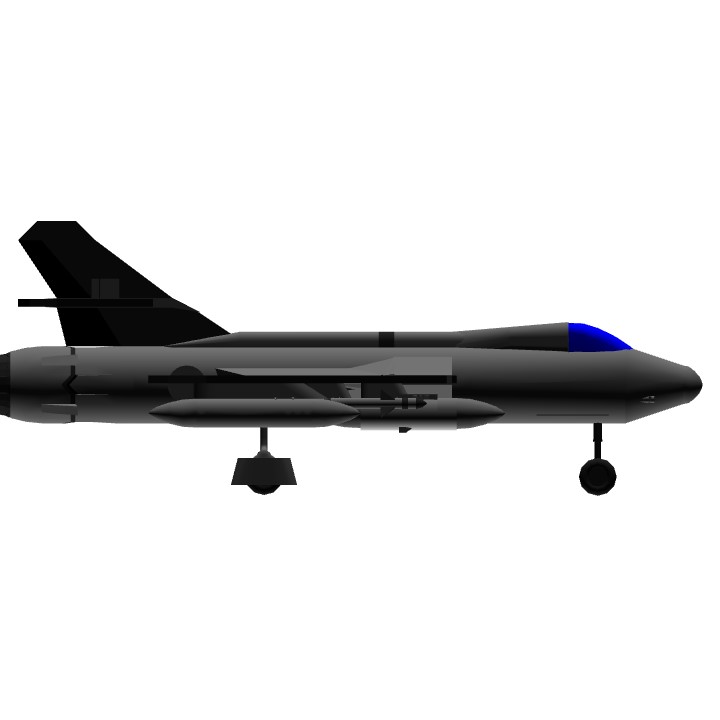
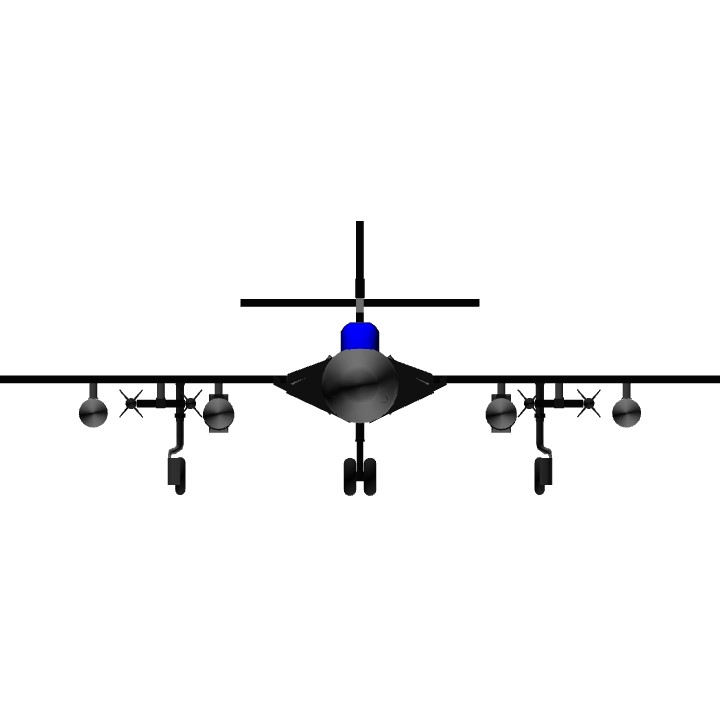
@MosquitowithaMachineGun yeah, it’s been a very long time since iv been active, especially on phone Simple planes.
Also, I'm surprised your still active lol
@KiwiBloke hawker
@MosquitowithaMachineGun
As the hawker, or this specific creation ?
Why am I seeing this jet everywhere?